Growing opportunity: How supporting Guatemala's farmers keeps them rooted at home
USAID is investing in private sector partnerships to deter migration. But that approach has its limits.
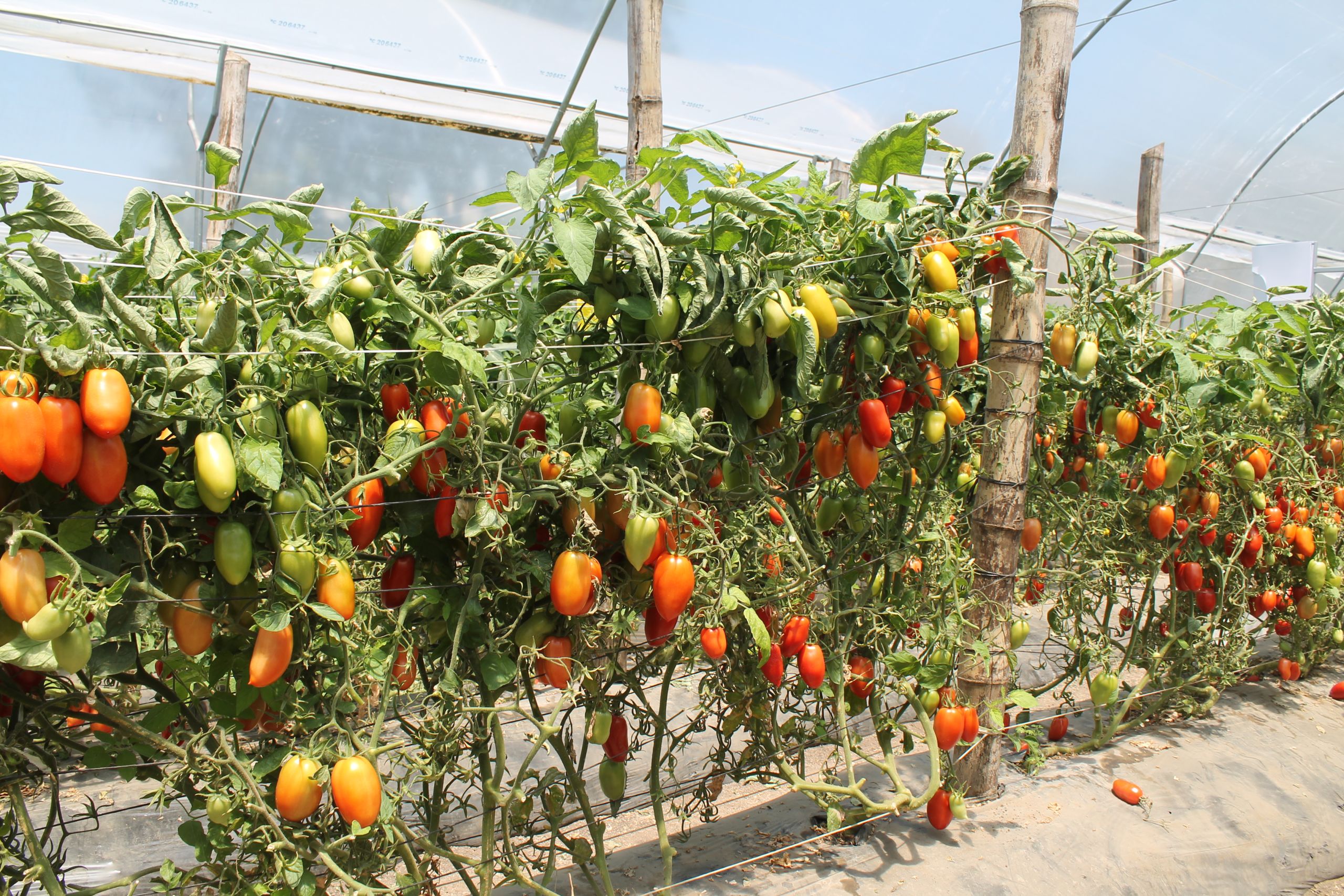
CHIANTLA, Guatemala — Juanita Marta Rivas lived and worked in California for 11 years, but she dreamed of returning to her native Guatemala to be closer to her family.
Yet there was one major problem that contributed to her decision to migrate in the first place: “There are no jobs,” she said of her community in Guatemala’s Western Highlands.
Rivas grew up working the land with her father and wanted to return to agriculture when she resettled back in this area. It has some of the highest rates of poverty and out-migration in the country.

CAMPO demonstrates irrigation systems that can protect against climate change.
CAMPO demonstrates irrigation systems that can protect against climate change.
A lack of employment opportunities is a refrain heard across Guatemala from people who desire to stay in their communities but are forced to leave because they cannot make a decent living. It is also one of the root causes of migration from Central America that U.S. President Joe Biden has pledged to address. Vice President Kamala Harris, whom he has tasked with addressing the issue, is on her first trip to the region this week and arrived in Guatemala on Sunday.
An estimated 50% of the people in Guatemala’s labor force work in agriculture. But they have long lacked access to larger markets for their products, and in recent years they have struggled to produce successful harvests amid increasingly unpredictable weather patterns caused by climate change.
In fiscal year 2020, the U.S. Agency for International Development spent $74 million in bilateral and regional development funding for programs in Guatemala and $28.5 million in humanitarian assistance. Some of those investments are targeted at increasing private sector growth in the country — which in turn keeps people employed in their own communities.
“Our focus here is really on addressing those systemic root causes of irregular migration. And here in Guatemala, we know that we’re a little bit different from our neighbors in Honduras and El Salvador in that all the surveys tell us that the reasons why Guatemalans choose to migrate are largely economic,” Anu Rajaraman, mission director in Guatemala for USAID, told Devex.
“We, and other donors too, have sort of come to the realization that when it comes to advancing development around the world, we can’t do it without the private sector,” Rajaraman added. “Our development model has to be, to the maximum extent possible, market-led and market-driven.”
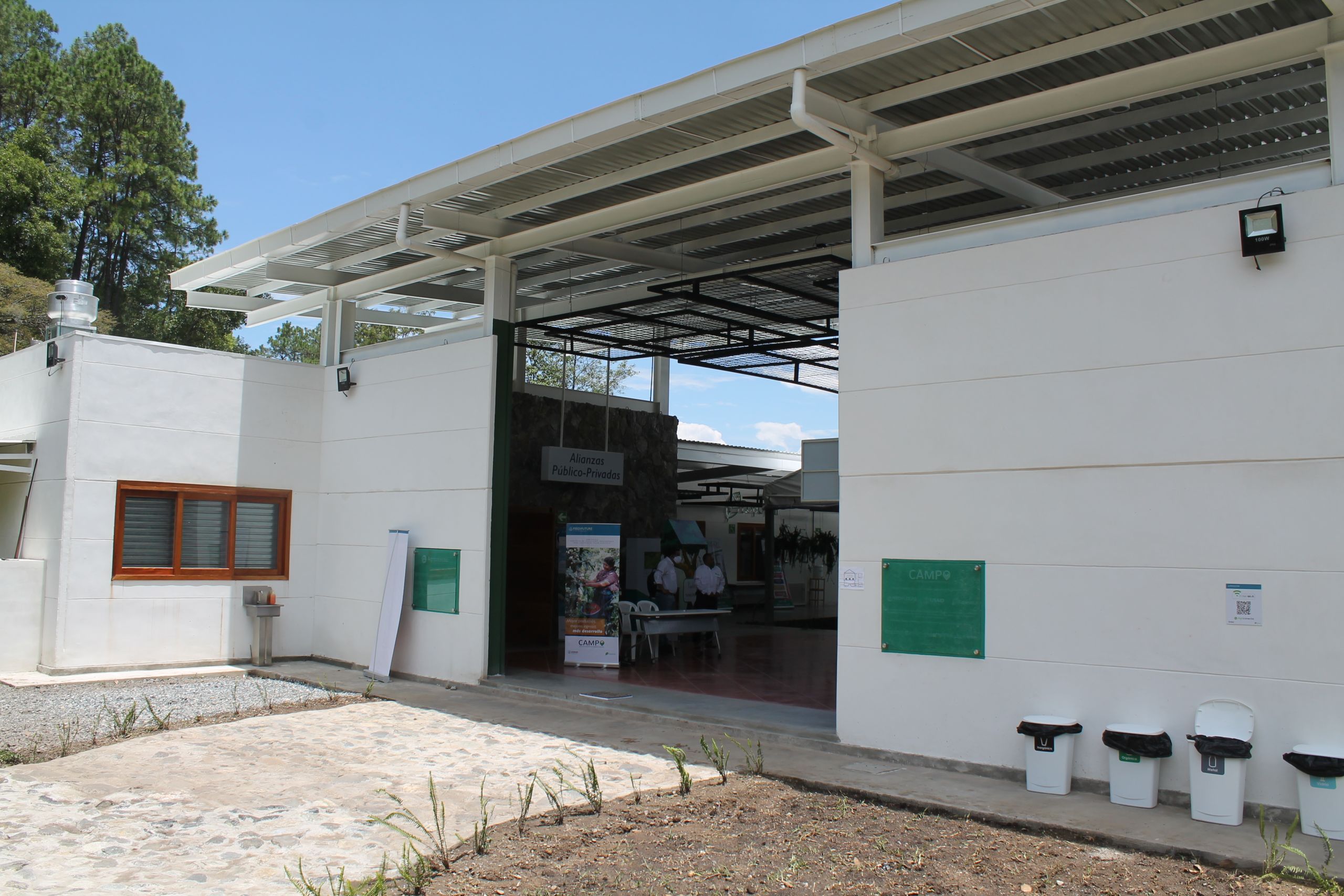

One USAID investment in strengthening the private sector includes its partnership with Popoyán, a nearly 50-year-old Guatemalan agribusiness, on a new agricultural training facility in Chiantla in the department of Huehuetenango. It is designed to help increase the productivity — and income — of farmers like Rivas who live in the surrounding area.
The $1.5 million campus, which included a $500,000 investment from the Feed the Future program, includes space for meetings and trainings, immersive digital experiences, farming technique demonstrations, greenhouses that showcase climate change-adaptive and innovative irrigation systems, fields to test new crop varieties, and an on-site microloan lending office.
The incorporation of technology into the facility is meant to be attractive to younger farmers, some of whom don’t see agriculture as a viable future, said Alvaro Viteri, new projects development manager at Popoyán.
Producers get access to a smartphone app developed by the agribusiness that provides key information about their crops and fields to help them maximize yield. Farmers indicate the types of crops they have planted and when, and the app reminds them when they need to complete actions such as fertilizing. It includes a weather forecast and live market prices by crop type, and farmers can use the app to submit requests for technical assistance directly to Popoyán’s experts.

Popoyán’s app allows farmers to receive crop-specific information to better manage their harvests
Popoyán’s app allows farmers to receive crop-specific information to better manage their harvests
Farmers do not pay Popoyán for access to the technical assistance, but the company requires that producers co-invest in improvements to their fields and practices, including through their own labor.
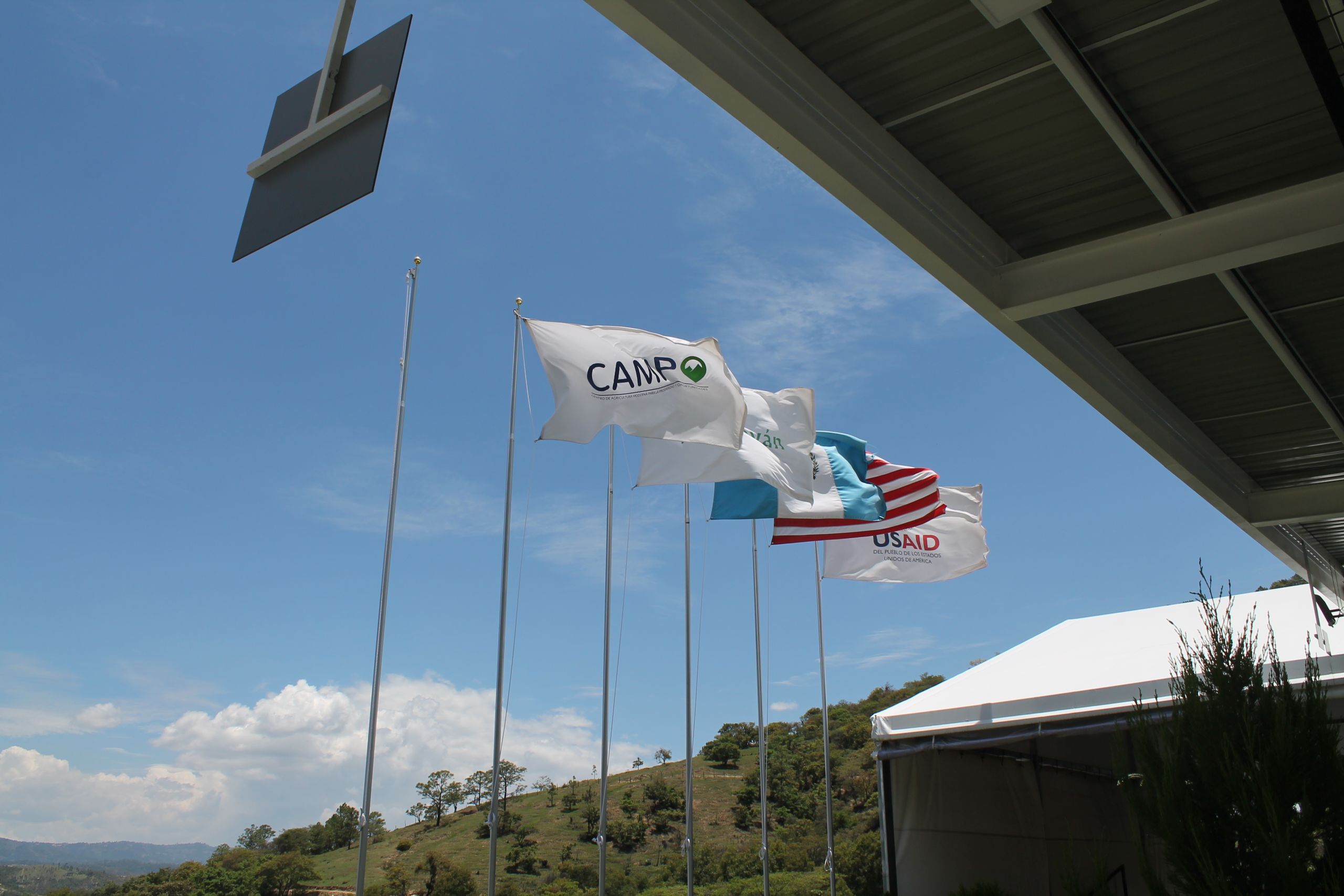

“One of the biggest pillars of the success we’re having is that engagement of the farmers,” Viteri said. “They are also looking for returns as well. So any investment that they do, if it will increase their yields or bring them more income, it’s … more sustainable.”
Farmers are brought to the facility — known as CAMPO for its acronym in Spanish — for an immersive experience that Popoyán designed to maximize behavior change and promote nutrition-sensitive agriculture for a range of crops, including avocados, green beans, and strawberries.
It shows producers how others in their area have benefited from adopting new practices to increase yields and income, including pest management and pesticide use techniques. This can be one of the most powerful ways to convince someone to try new things, Viteri said.
Rivas, whose farm is successful enough she’s able to employ others, said she’s also learned a lot about how to better care for her family’s well-being, including how to treat water so it is safe for household use and the benefits of expanding dietary diversity for better nutrition. These techniques are part of Popoyán’s model at CAMPO that doesn’t just focus on what farmers do in their fields but encourages behavioral change in various aspects of life that all contribute to better health in communities.
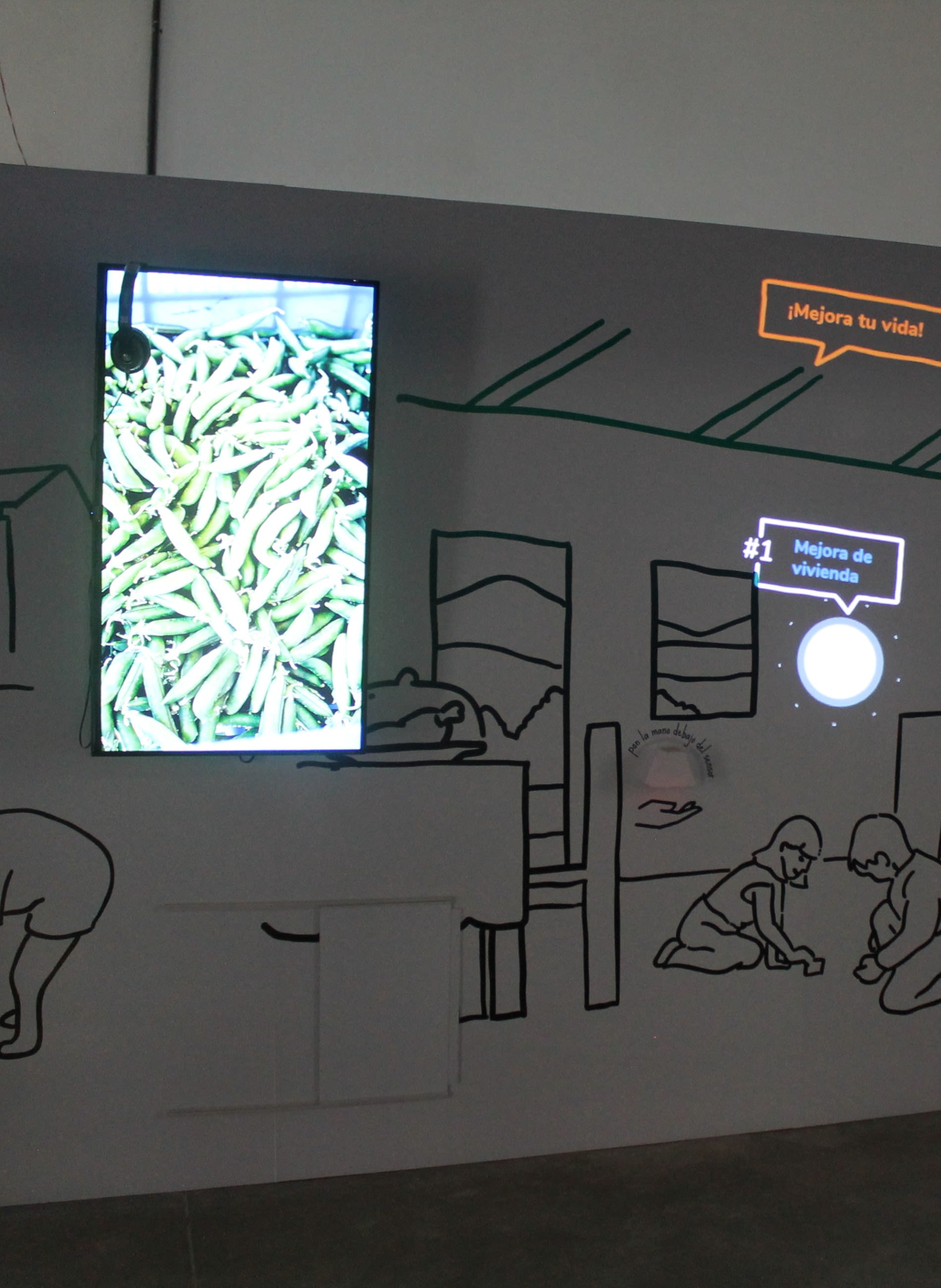
Popoyán’s immersive digital experience allows farmers to hear from their peers about the benefits of new agricultural practices.
Popoyán’s immersive digital experience allows farmers to hear from their peers about the benefits of new agricultural practices.
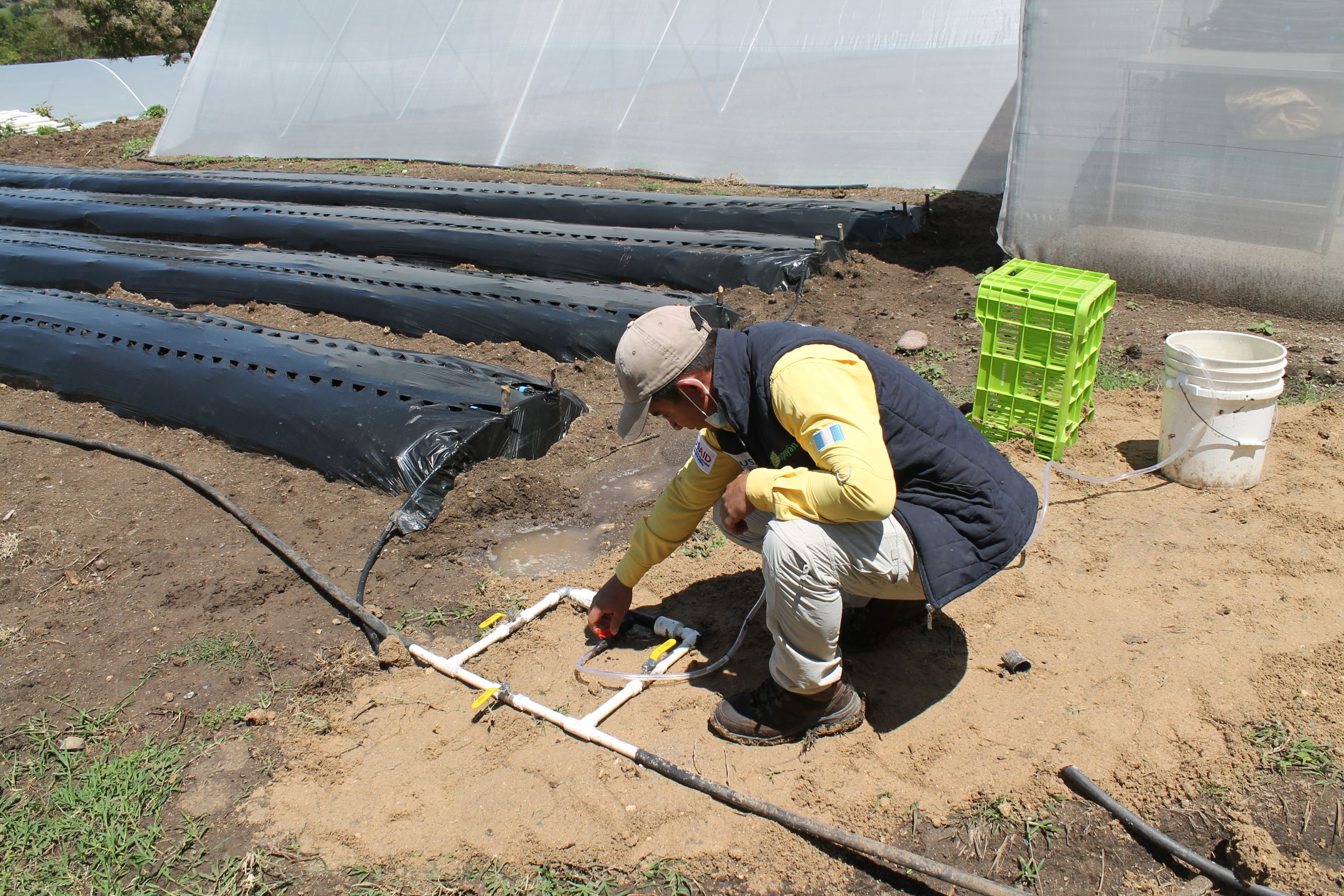






Farmers learn how irrigation systems can improve their crop yields.
Farmers learn how irrigation systems can improve their crop yields.

Red peppers harvested.
Red peppers harvested.

Tomatoes harvested.
Tomatoes harvested.

The facility was constructed with help from USAID.
The facility was constructed with help from USAID.

The facility is open air with lots of meeting space.
The facility is open air with lots of meeting space.

Strawberries grow in a CAMPO warehouse.
Strawberries grow in a CAMPO warehouse.
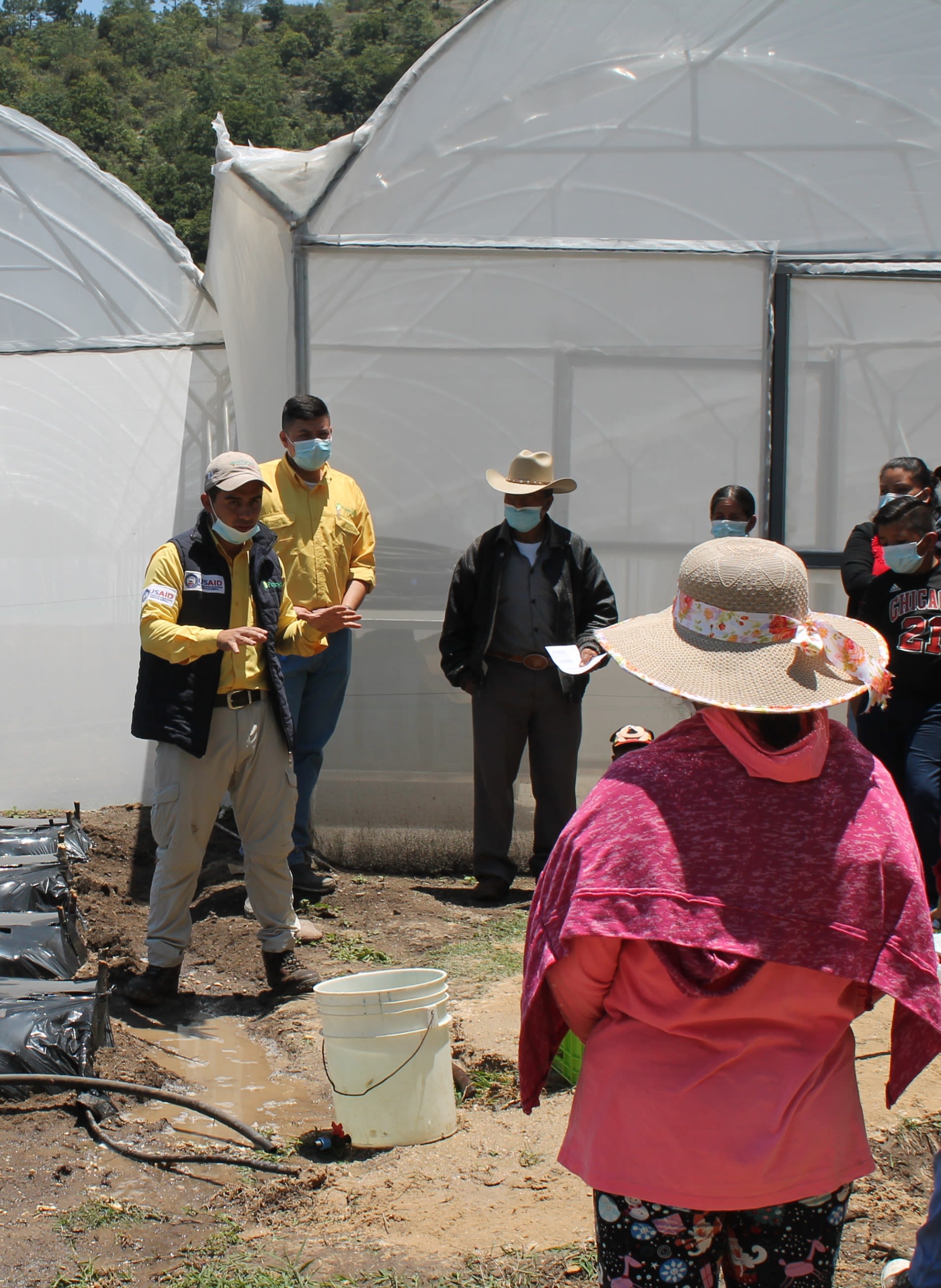
A group of farmers gets a demonstration of drip irrigation systems.
A group of farmers gets a demonstration of drip irrigation systems.
The facility is meant to be self sustaining, including through the sale of produce grown there, once USAID’s support ends in 2022.
“If we’re able to increase the yields of the farmers through technology … the demand for more technology in this area will increase. And that demand will bring the supply from other companies to the area,” Viteri said. “We want to develop that market so any agriculture company has interest in being present here.”
According to Popoyán, its partnership with USAID has created 20,000 jobs and reached 52,000 people since it began in fiscal year 2018.
“This is exactly what we need to do more of, but it shouldn’t be just USAID funding these,” Rajaraman said. “Let’s get more private sector involvement. Let’s get the government involved in scaling these up in a bigger way.”
Further south, USAID’s community-led development projects in Guatemala’s Quetzaltenango department also see the private sector as key to improving economic opportunities in agriculture. The five-year communities leading development project in Guatemala began in 2016 and included a multiyear consultation process with 200 communities in 30 municipalities in which they designed their own community development plans.
“We’re trying to move away from … this donor-aid recipient model where we sort of put together these projects or design these projects in a box in a room and then we go to these communities and say ‘Hey, be our beneficiaries,’” Rajaraman said. “Rather, [the] first step needs to be sitting down with these communities, determining what their needs are, what their priorities are, and then together in thinking about how our efforts can support them.”
Rafael Merchan, economic development manager at project implementer Catholic Relief Services, said communities had a “laundry list” of things they needed to better their lives, but access to potable water and improving their agricultural livelihoods were at the top for nearly every community. Because the project’s ability to address community needs was restricted by funding cuts imposed by U.S. President Donald Trump’s administration, Merchan said, partnering with the private sector was even more of a necessity.
In the community of Nueva Alianza, CRS partnered with a company called Alianza SA that processes and exports macadamia nuts. The tree nuts are not native to Guatemala but are a lucrative crop because they command such high prices internationally. Alianza sells farmers grafted macadamia nut trees — which they say have a 90% success rate in becoming producing trees — and works with them on proper care for the crops so they thrive.
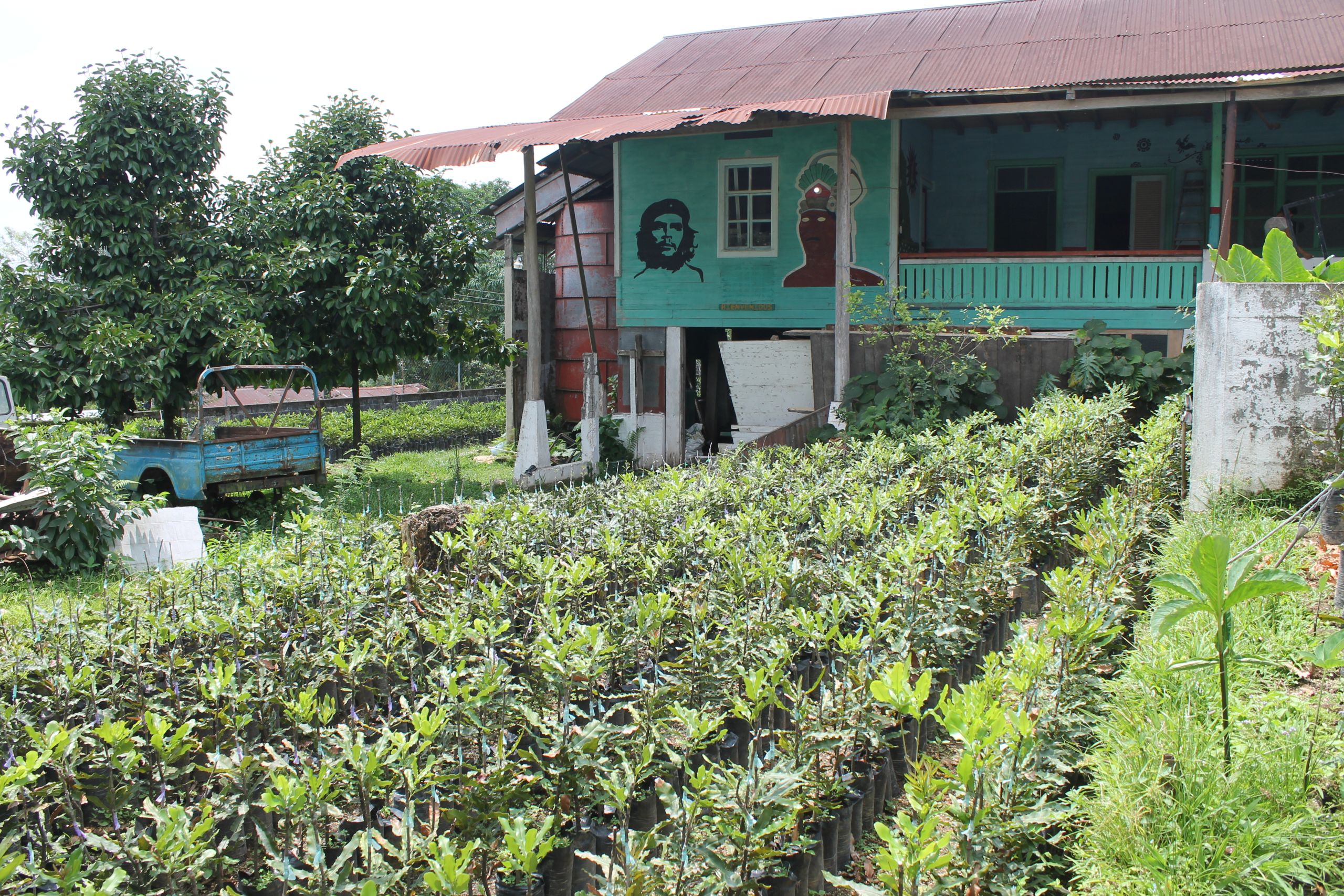
Alianza grows macadamia nut tree seedlings to sell to farmers.
Alianza grows macadamia nut tree seedlings to sell to farmers.
Alianza buys the nuts from over 100 families in Nueva Alianza and the surrounding area. Alexander Menendez is among the farm employees who harvest macadamia nuts and deliver an employer’s daily haul to Alianza’s facility. He is paid by the amount of nuts he collects, which involves picking up ripe ones that have fallen off the trees.
Menendez has not considered migrating, he said, because he earns a sufficient living through his work on the farm. Laborers can earn 50 quetzales ($6.50) per 100 pounds of macadamia nuts picked and generally pick about 300 pounds a day. Agricultural laborers cultivating other crops typically make only 40 quetzales per day, no matter how much produce they pick.
The harvest that Menendez delivers is sorted, filtering out bad nuts, and then weighed. Next, the nuts are processed at the facility to remove the outer green layer and sorted again by size — as exporters pay more for larger nuts — before they are dried.
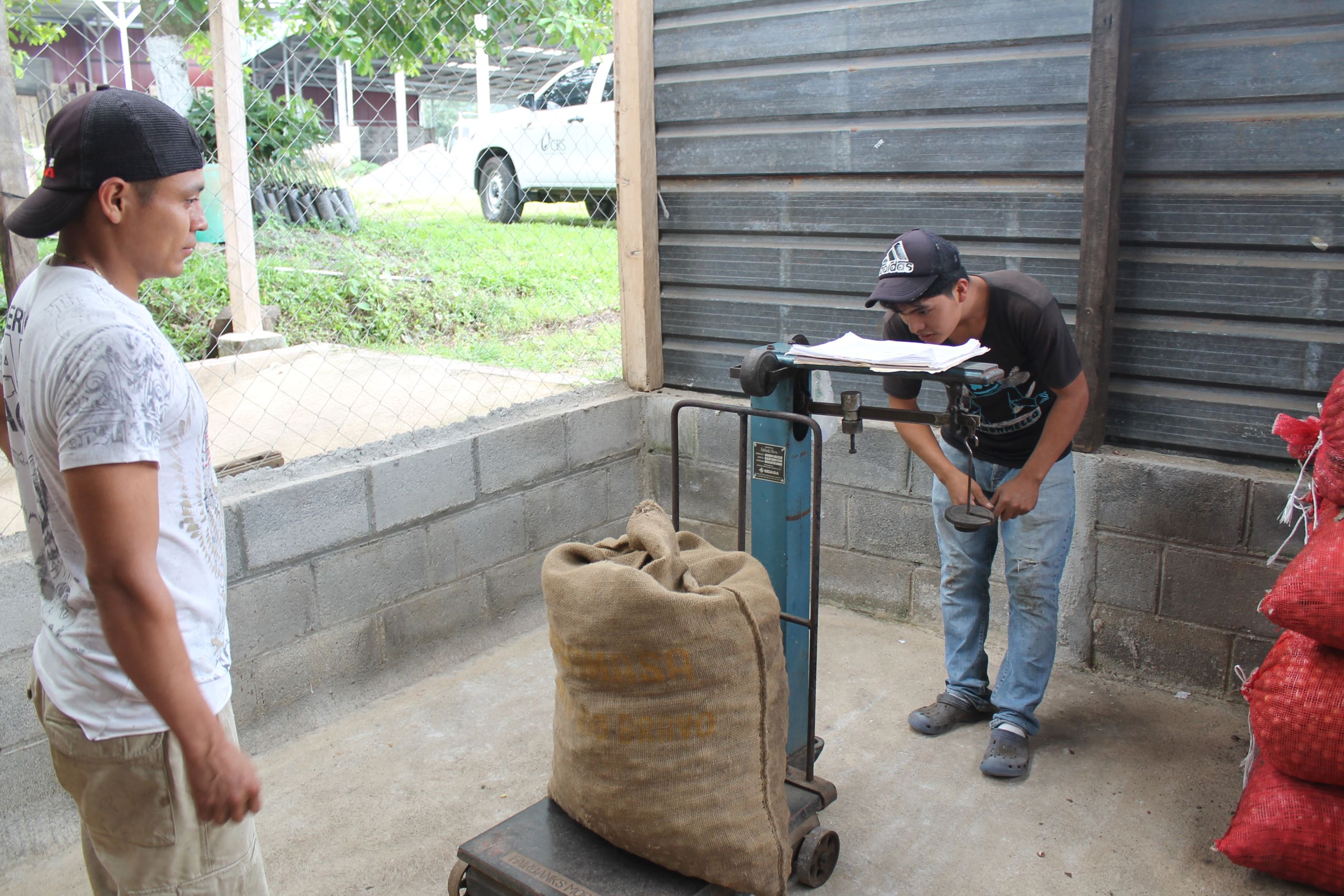
Alexander Menendez watches as the nuts from his employer’s farm get weighed.
Alexander Menendez watches as the nuts from his employer’s farm get weighed.
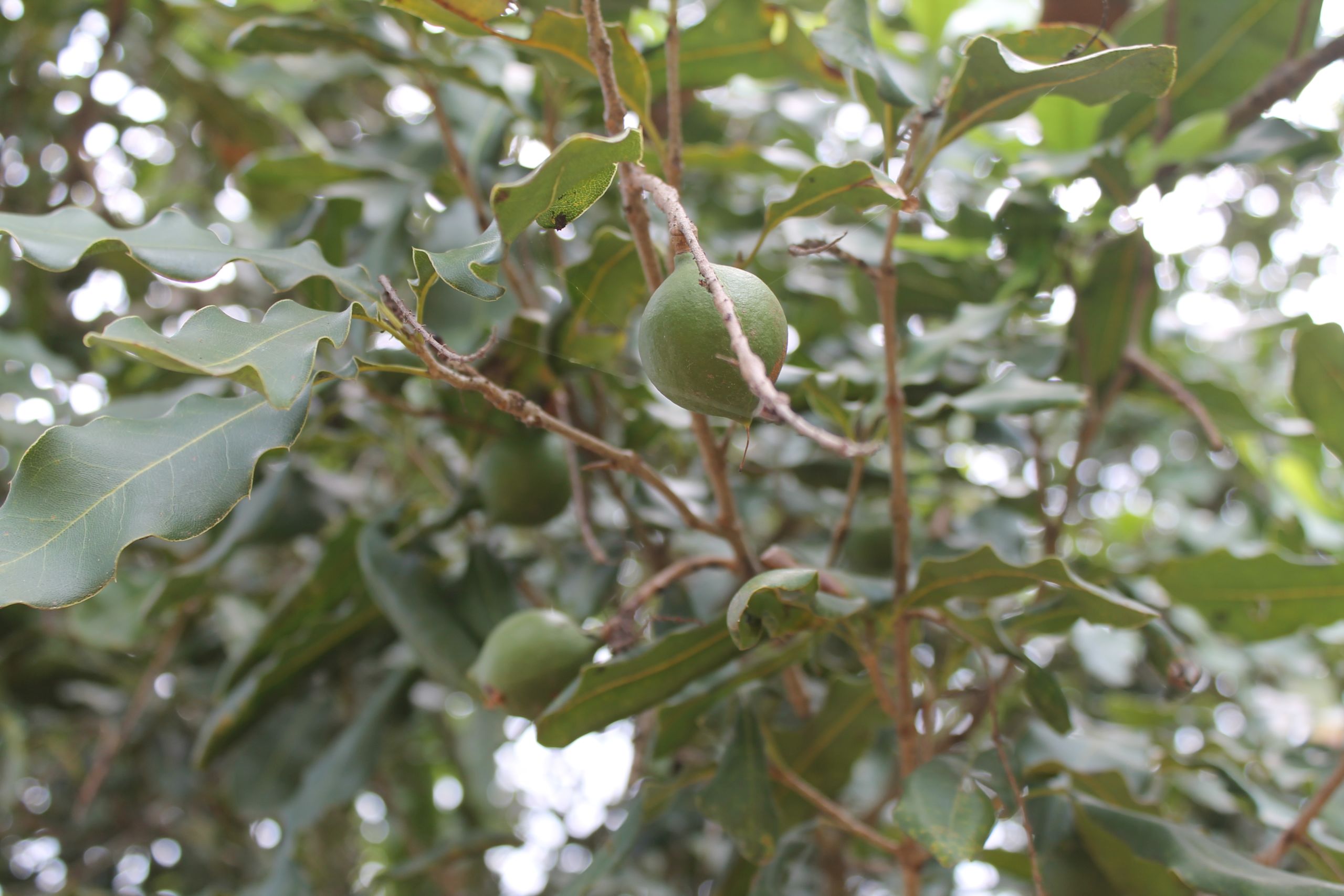
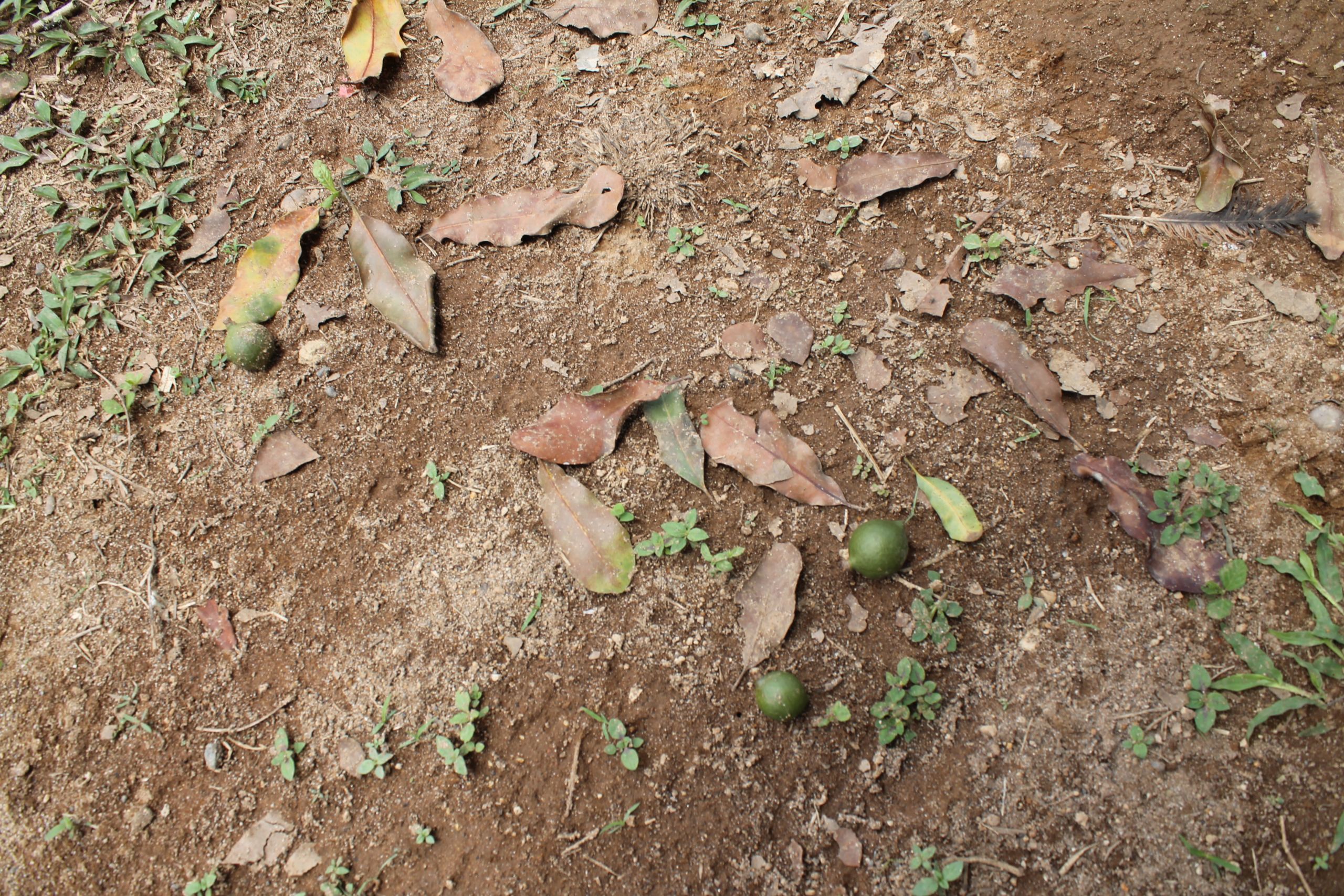

Because there are so few macadamia nut companies in Guatemala, small-scale farmers have little ability to negotiate for better prices, and international companies have no incentive to invest in the supply chain. But by selling to a business like Alianza, which exports 70% of its product to Germany, small producers get access to the international market because they can collectively capture enough market share.
With funding from a loan that CRS helped secure, Alianza is working to expand its facility by installing equipment that will shell the macadamia nuts on-site. Currently, the nuts are exported in their shells, meaning the profit margin is lower because 65% to 70% of a shipment is waste. The capacity to ship shelled nuts will increase the value of shipments, as well as the need for more workers at the facility.

Alianza secured a loan to install equipment that will shell the nuts on site so they can be exported without the shell.
Alianza secured a loan to install equipment that will shell the nuts on site so they can be exported without the shell.
“[The advantage of this] is generating more employment for the community … to be able to avoid migration,” said Javier Amado Jimenez Recinos, a legal representative and general manager at Alianza.
While the project has provided an economic boost to Nueva Alianza and surrounding communities that is large enough to prevent people from turning to migration, the project’s reach is limited to the families Alianza buys from and the local economic activity they generate.
This shows the limitations of USAID funding for community-level projects to address root causes of migration, Rajaraman said.
“One of the principal challenges we face here is scaling up successful activities,” Rajaraman said. “This is a role that USAID can play.”
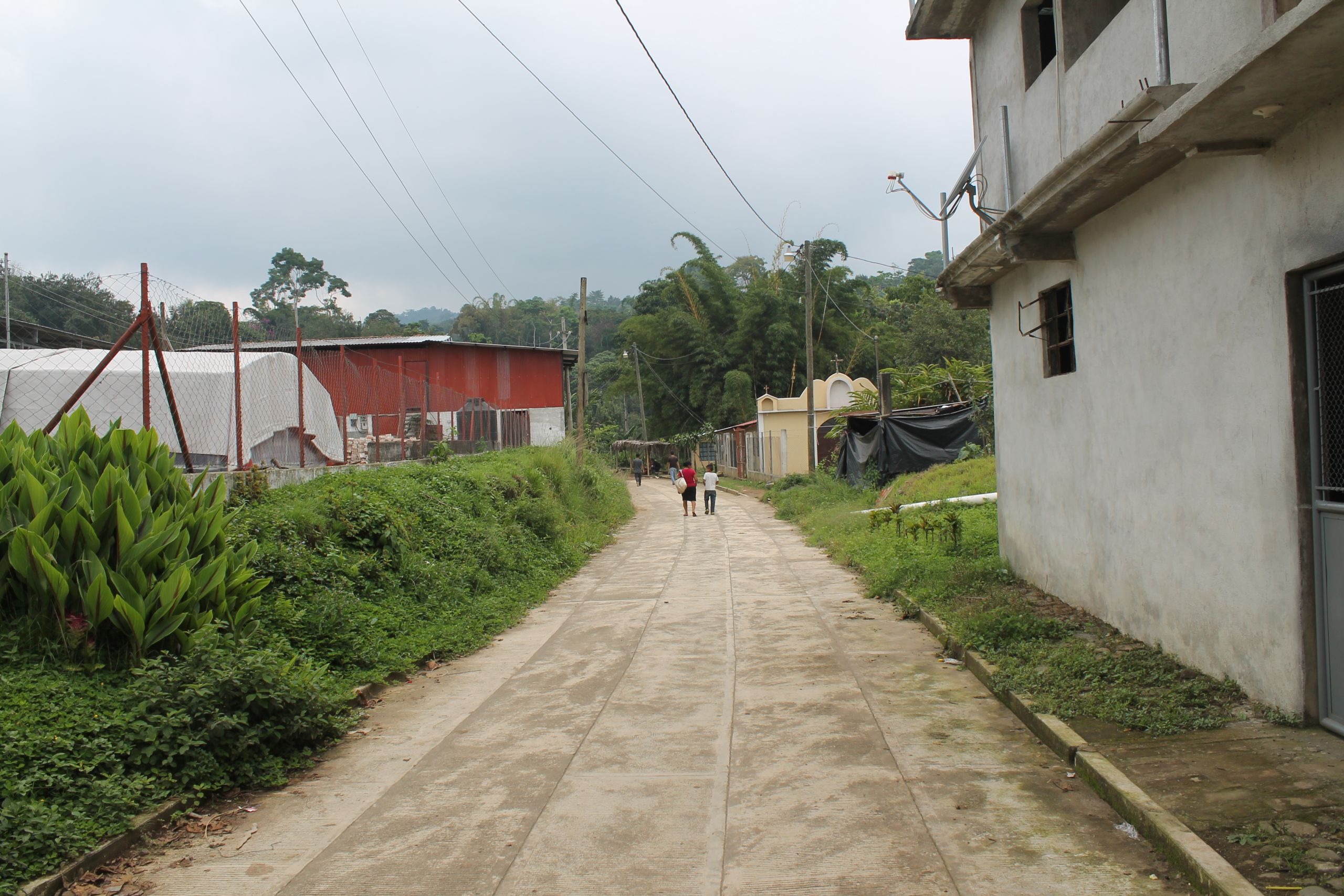
The road outside the Alianza facility, in Nueva Alianza.
The road outside the Alianza facility, in Nueva Alianza.
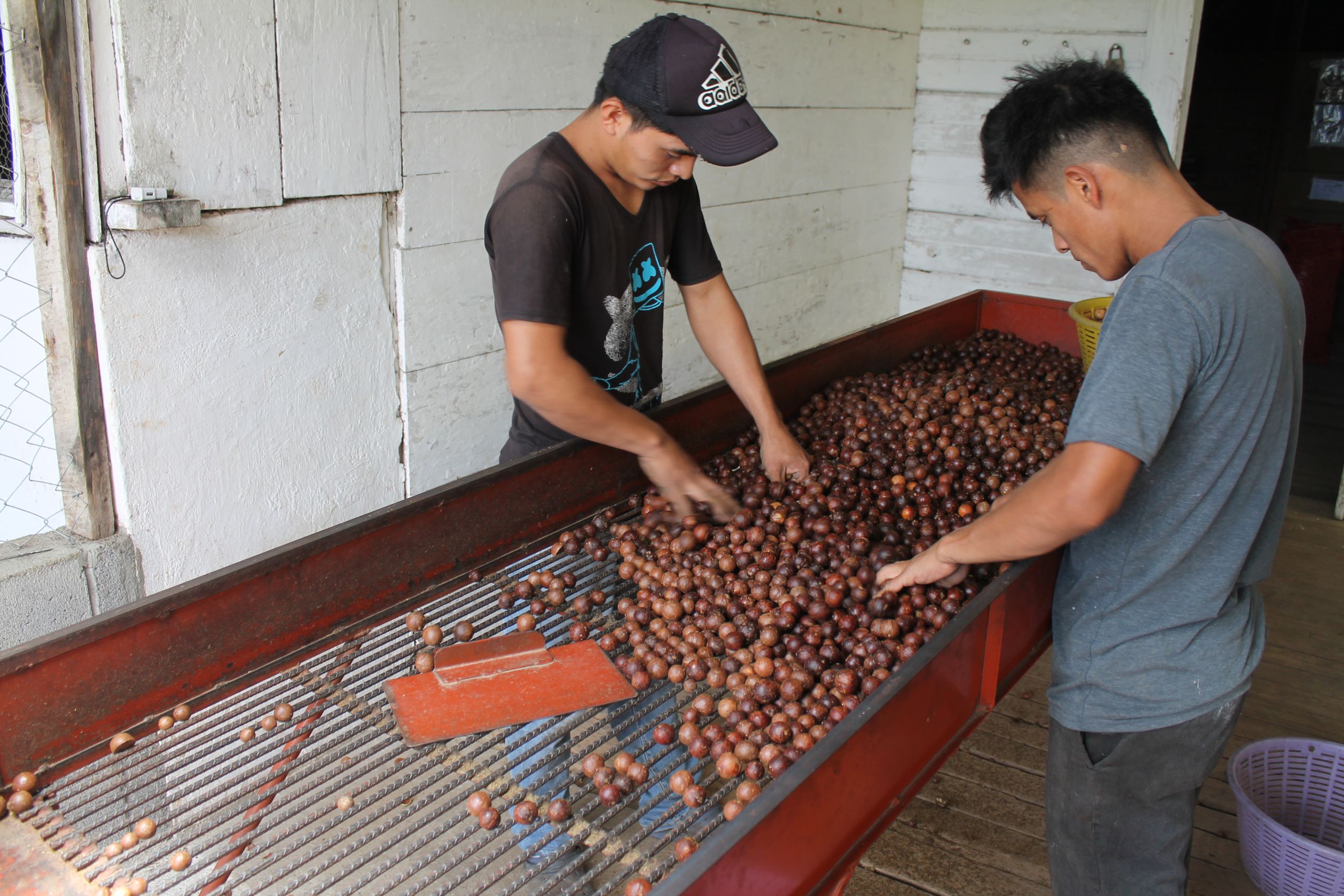

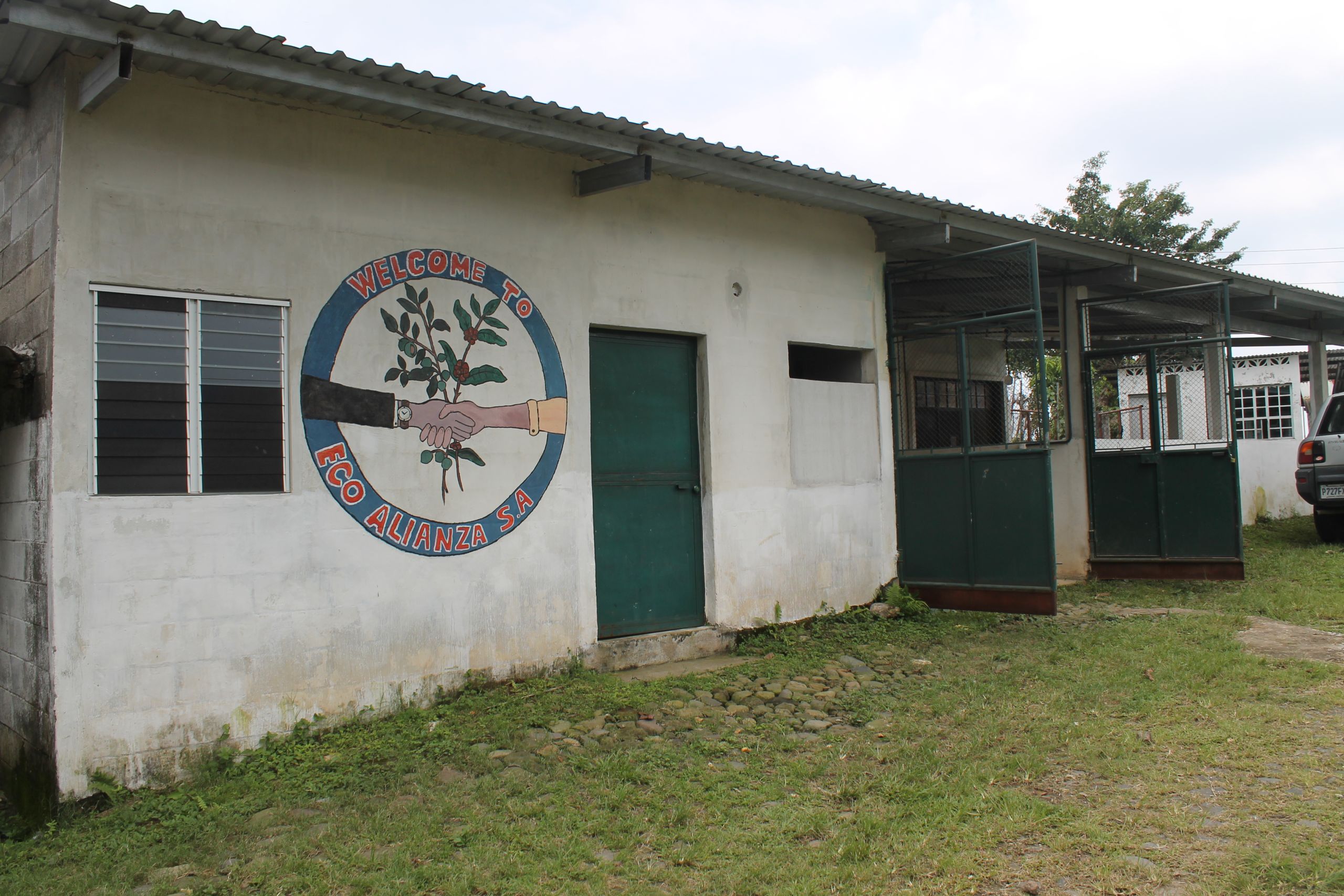
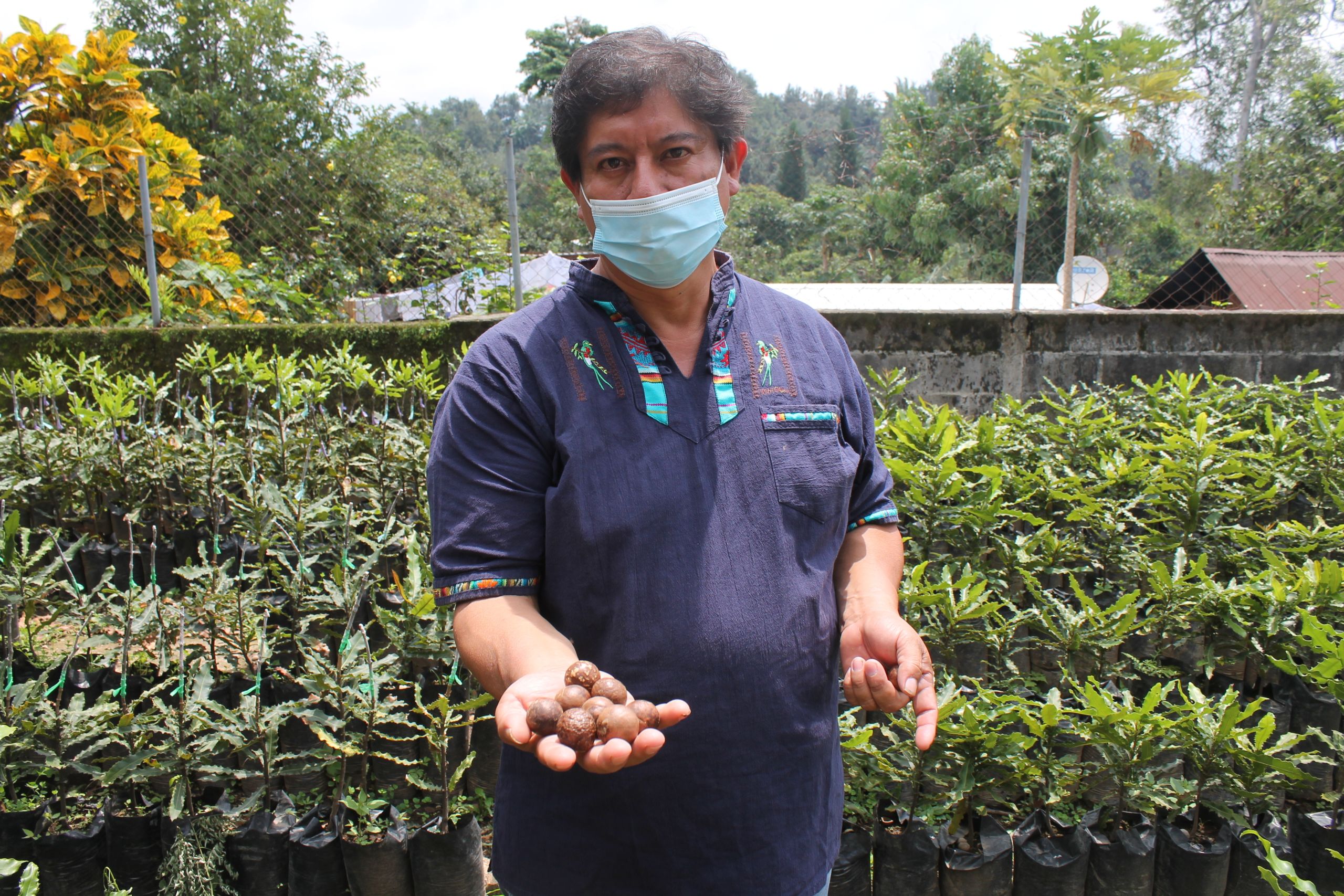
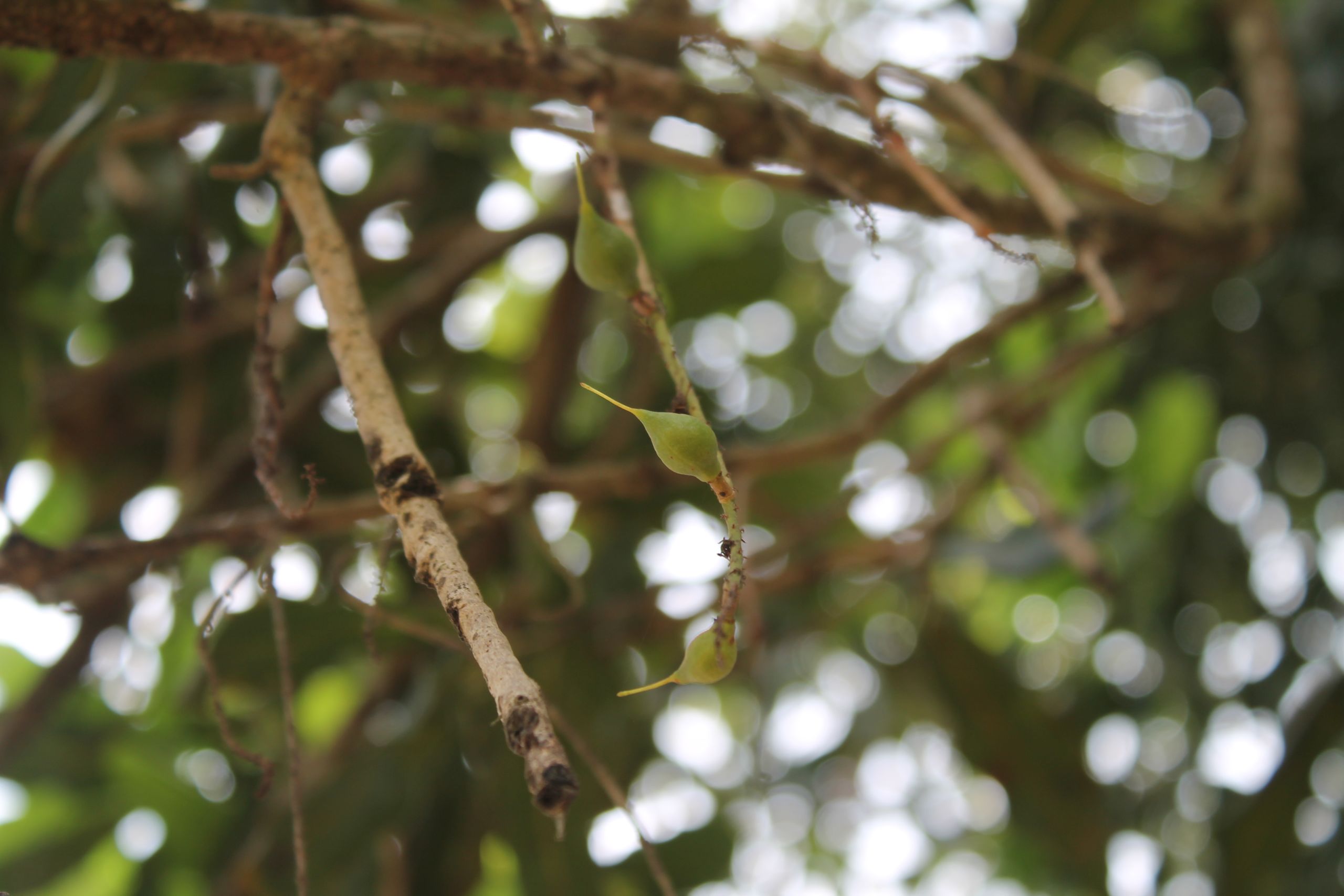
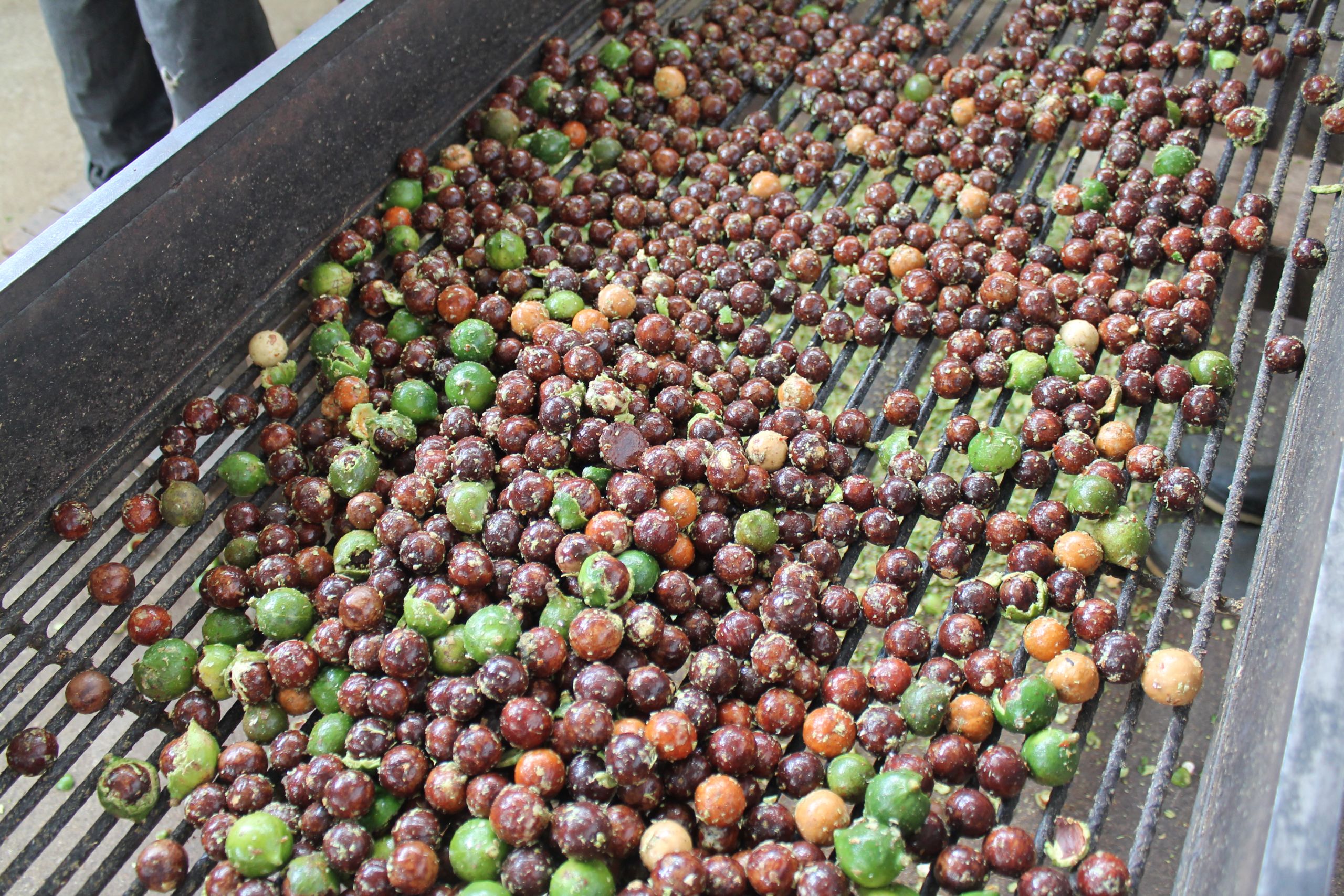

The Alianza facility.
The Alianza facility.

Javier Amado Jimenez Recinos, legal representative and general manager at Alianza, holds macadamia nuts in their shells.
Javier Amado Jimenez Recinos, legal representative and general manager at Alianza, holds macadamia nuts in their shells.

A macadamia nut begins to grow on a tree.
A macadamia nut begins to grow on a tree.

The outer green fruit is removed from the nuts still in their shells.
The outer green fruit is removed from the nuts still in their shells.
Photos/video: Teresa Welsh
Production: Janelle Cruz
